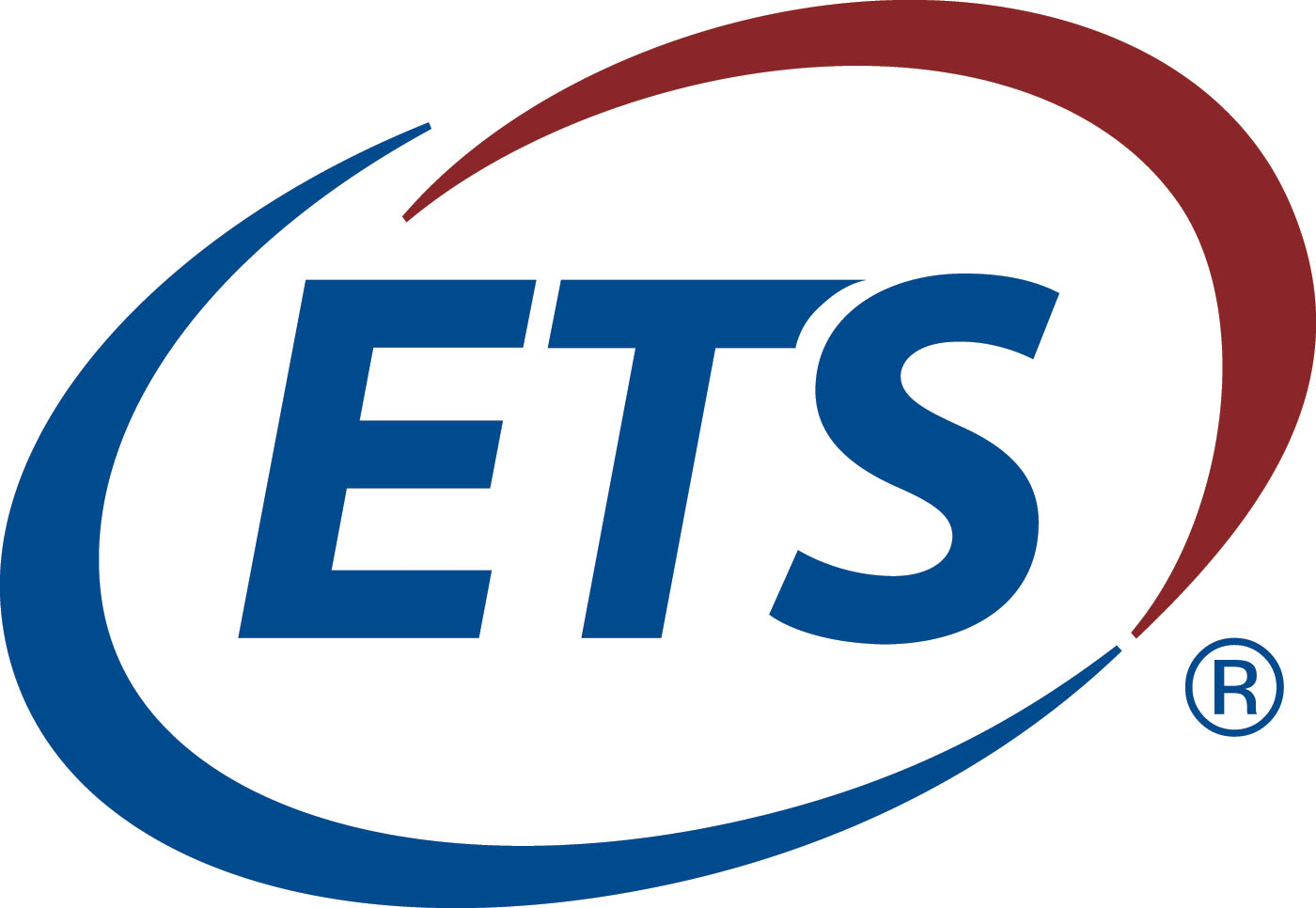The landscape of English Language Teaching (ELT) exams has evolved significantly over time, reflecting changes in language education and the global significance of English. These exams play a key role in assessing language proficiency while adapting to broader educational, cultural, and technological shifts. This article traces the history of ELT exams, highlighting major milestones, shifts in testing methodologies, and their impact on language learning and global communication.
Early Beginnings
The origins of standardized language testing can be traced back to the 19th century, a period marked by the expansion of the British Empire and the global spread of the English language. English proficiency was vital for colonial administration and trade. Early assessments were simple, oral tests conducted by colonial officials to evaluate the communication skills of local administrators and merchants.
The 20th Century: The Birth of Modern Language Testing
The early 20th century saw the formalization of language testing with the rise of educational institutions and psychometrics. The University of Cambridge was instrumental in shaping modern ELT exams.
Cambridge English Examinations
In 1913, the University of Cambridge Local Examinations Syndicate (UCLES) introduced the Certificate of Proficiency in English (CPE), one of the earliest standardized English tests for non-native speakers. The CPE, which tested reading, writing, translation, and dictation, set the standard for future exams.
Mid-20th Century: Expanding Horizons
After World War II, global communication and education evolved rapidly, increasing the demand for standardized language assessments. Organizations like the United Nations and the rise of international students and professionals called for reliable measures of English proficiency.
The Rise of TOEFL
In 1964, the Test of English as a Foreign Language (TOEFL) was launched by the Educational Testing Service (ETS) in the U.S. TOEFL, designed for non-native speakers seeking admission to American universities, gained popularity due to its focus on academic English.
IELTS: Bridging the Gap
In 1989, the International English Language Testing System (IELTS) was introduced by UCLES, the British Council, and IDP Education Australia. Unlike TOEFL, which had a U.S. focus, IELTS provided a global perspective, offering academic and general training modules that assessed real-life language use and communicative competence.
Late 20th Century to Early 21st Century: Technological Advancements
The digital age brought significant changes in ELT exams. Innovations such as computer-based testing, adaptive testing, and artificial intelligence transformed the assessment landscape.
Computer-Based Testing
The introduction of computer-based tests (CBT) revolutionized ELT exams. TOEFL moved to a computer-based format in the late 1990s, improving test security and reliability. CBT enabled multimedia integration, enhancing the evaluation of language skills like listening and speaking.
Adaptive Testing
In 2009, Pearson launched the Pearson Test of English Academic (PTE Academic), which used adaptive testing to adjust the difficulty of questions based on the test-taker’s performance. This innovation allowed for more personalized and accurate assessments.
The Impact of ELT Exams on Global Education
ELT exams have profoundly shaped global education by influencing curriculum development, teaching methodologies, and international mobility.
Curriculum Development
Language programs around the world are often designed to prepare students for standardized exams. This has led to the integration of exam strategies and practice materials into mainstream education, ensuring learners acquire the skills needed to succeed.
Teaching Methodologies
Modern ELT exams emphasize communicative competence, prompting a shift from grammar-focused approaches to more interactive teaching methods. Teachers now incorporate speaking and listening activities, real-life simulations, and multimedia resources to better prepare students.
Facilitating Mobility
ELT exams serve as common measures of language proficiency, enabling students to study abroad and professionals to work in English-speaking countries. These exams are key to academic and career opportunities on a global scale.
Conclusion
The history of ELT exams reflects broader trends in education, technology, and globalization. From oral assessments in the 19th century to today’s sophisticated, computer-based tests, ELT exams continue to evolve to meet the needs of language learners. As English remains the global lingua franca, these exams will play a critical role in shaping the future of global communication and education.



